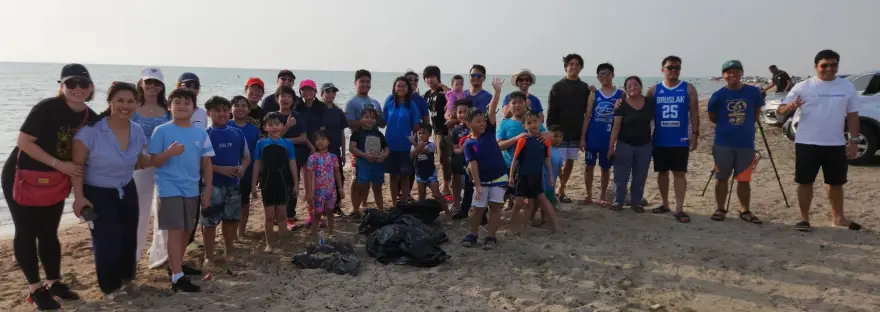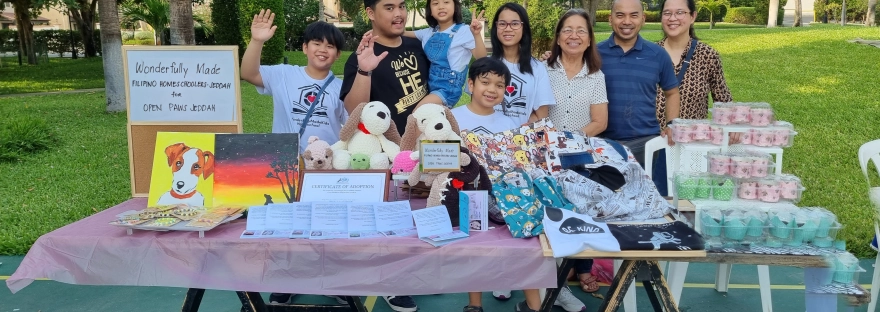Last July 24, Pueblo Science held an training workshop aimed at supporting high school teachers in the Philippines in teaching science online more creatively to make it more engaging and fun for the students.
Using Zoom’s Breakout Rooms, we learned from different speakers and had a chance to ask them questions about their presentations.
Ms. Mayrose Salvador who was facilitating the event shared a quick science trick: how to hang a spoon in your nose without touching it. This simple activity can be used to teach about the concept of adhesion which is what happens when two different substances stick to each other. This is the same idea behind adhesive tapes. Wiping the nose with a clean tissue before doing the trick helps make it work because it removes the skin’s natural oils which would make it harder for the spoon to stick. Adhesion is not the only factor that makes this trick work, because the shape of the nose and gravity also plays a part. The spoon fits quite nicely into the curve of the nose and gravity pulls the spoon downward. This actually adds to the adhesion and so using a heavier spoon makes it press down more against the nose and thus stick better.

One of the experiments demonstrated during the workshop was about earthquakes, and incidentally, a relatively strong earthquake occured on that same day in the Philippines. The Philippines, being one of the countries located in the Pacific Ring of Fire, is a region where frequent volcanic eruptions and earthquakes occur. So, beginning with a quick look at the current event which was the 6.7 magnitude earthquake that occured that morning in Batangas, we watched YouTube videos about fault lines and tectonic plates, and about magnitude and intensity.
Then the kids conducted the Science experiment based on what was presented during the Pueblo Science workshop that morning. We had to modify it based on what materials we had on hand. The activity aims to explore the possible factors that contribute to how much damage an earthquake makes. We used the following materials:
- A cardboard box
- Unifix cubes
- chicken cubes
- Modeling clay
- Ruler
- Pencil
- A sheet of paper (grid map)
- Scissors
The idea is to use the grid map as the city and build some buildings using the Unifix cubes on different sites. The grid was used to make pretend addresses based on the intersections. The kids predicted which buildings would fall first once the box was tapped to simulate the earthquake with the corner that was being tapped representing the epicenter. They even had the dogs join in to make it more fun. The concepts of intensity and magnitude were explored. We also used chicken cubes as an alternative building material to see how if it would have an effect on its ability to withstand damages from an earthquake. The kids recorded their predictions and observations on a chart.
Afterwards, we used this Science activity to apply a little bit of geometry and engineering by making the kids attempt to make sturdy structures using toothpicks and clay.




It was a very engaging impromptu fun earning learning activity that we were able to do last weekend. There were more Science experiments that were demonstrated during Pueblo Science’s workshop such as the “Egg Helmet Challenge” which we plan to also do soon.




One Comment